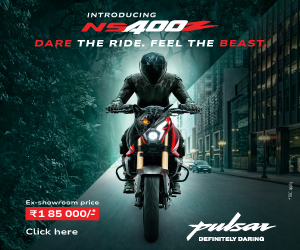 As India Yamaha Motors gears up to enter the country’s lucrative scooter market, the company announced that it has signed Deepika Padukone to promote their scooters in India.
As India Yamaha Motors gears up to enter the country’s lucrative scooter market, the company announced that it has signed Deepika Padukone to promote their scooters in India.
Roping Bollywood divas has been a common trend in this segment, as Mahindra scooters are endorsed by Kareena Kapoor and TVS Scooty by Anushka Sharma. While Deepika will endorse the scooters, John Abraham will continue to be the brand ambassador of the company’s bikes.
Yamaha’s début scooter for India, Ray, targeted at young female customers, will be launched in September 2012 to cash on the festive season. The company will be introducing more scooters in the coming months, which will be aimed purely at city commuters.

 The Dark Knight Rises, the final installment in Christopher Nolan’s superlative trilogy of the caped crusader, hits theaters today.
The Dark Knight Rises, the final installment in Christopher Nolan’s superlative trilogy of the caped crusader, hits theaters today.


